Lester Piggott: The taciturn racing colossus with an iron will to win
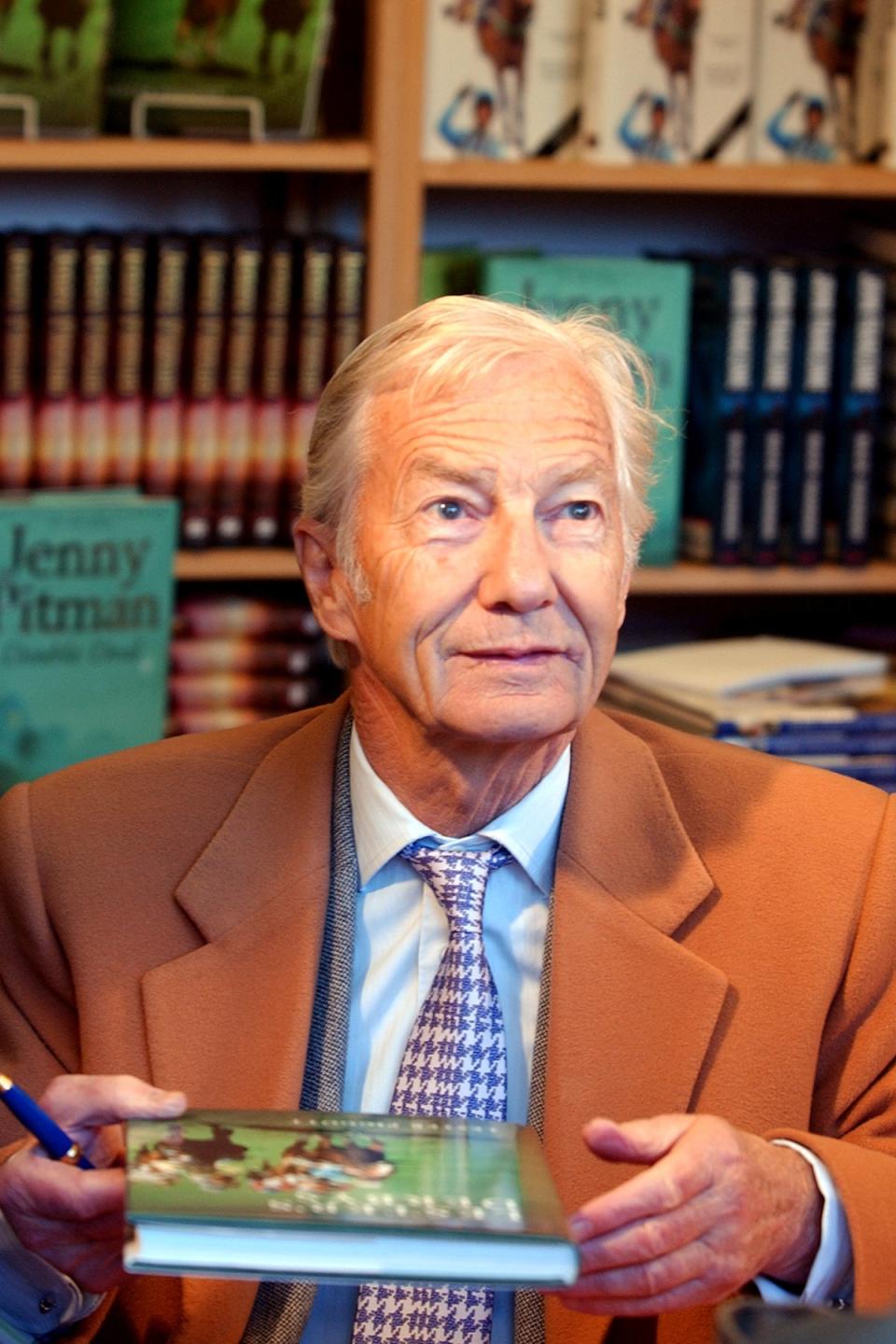
Lester Piggott was without doubt the finest jockey of his generation, and probably of any that has gone before or since.
Tall for a jockey at over 5ft 7ins, ‘The Long Fellow’, as he became affectionately tagged, partnered more than 5,000 winners worldwide.
A man of very few words and sometimes none at all, he was as well known as any modern-day footballing icon.
His career in the saddle will never be matched, and if there were occasional lows – none more so than serving 366 days of a three-year prison sentence handed down in 1987 for tax evasion and being stripped of his OBE awarded by the Queen – there were many more highs.

Lester Keith Piggott was born in Wantage, Berkshire, on November 5, 1935, and was bred into a staunch racing family.
His father Keith trained a Grand National winner, his grandfather Ernest rode to victory three times in the great steeplechase and his mother Iris was the daughter of Classic-winning jockey Fred Rickaby.
The young Piggott won his first race in August 1948 at the age of 12 on The Chase in the Wigan Lane Selling Handicap at Haydock Park.
The Merseyside track was, appropriately, the scene of his final winner, too – Palacegate Jack in October 1994. He was approaching his 59th birthday.
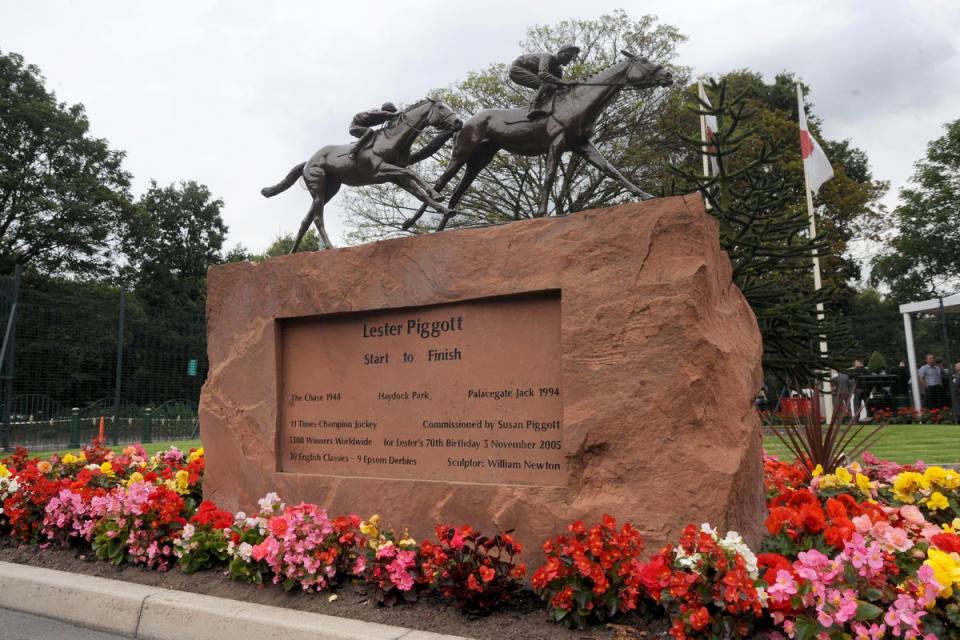
In the intervening years, there was the small matter of 30 victories in the English Classics, including nine in the Derby, and 116 winners at Royal Ascot. He was crowned champion jockey 11 times.
Remarkably, he returned from an aborted retirement to achieve one of his greatest feats at the age of 54 when he scored on Royal Academy in the Breeders’ Cup Mile.
Like most jockeys, his career was littered with injuries, a particularly frightening example being the one he suffered in 1992 in a fall from the Richard Hannon senior-trained sprinter Mr Brooks.
The five-year-old had gone to Gulfstream Park for the Breeders’ Cup Sprint on the back of victory in the Prix de l’Abbaye.
However, it ended tragically with the horse breaking a leg and Piggott being knocked unconscious and trapped under the fallen horse. He sustained several broken bones and a collapsed lung, which forced him to miss the next three months.
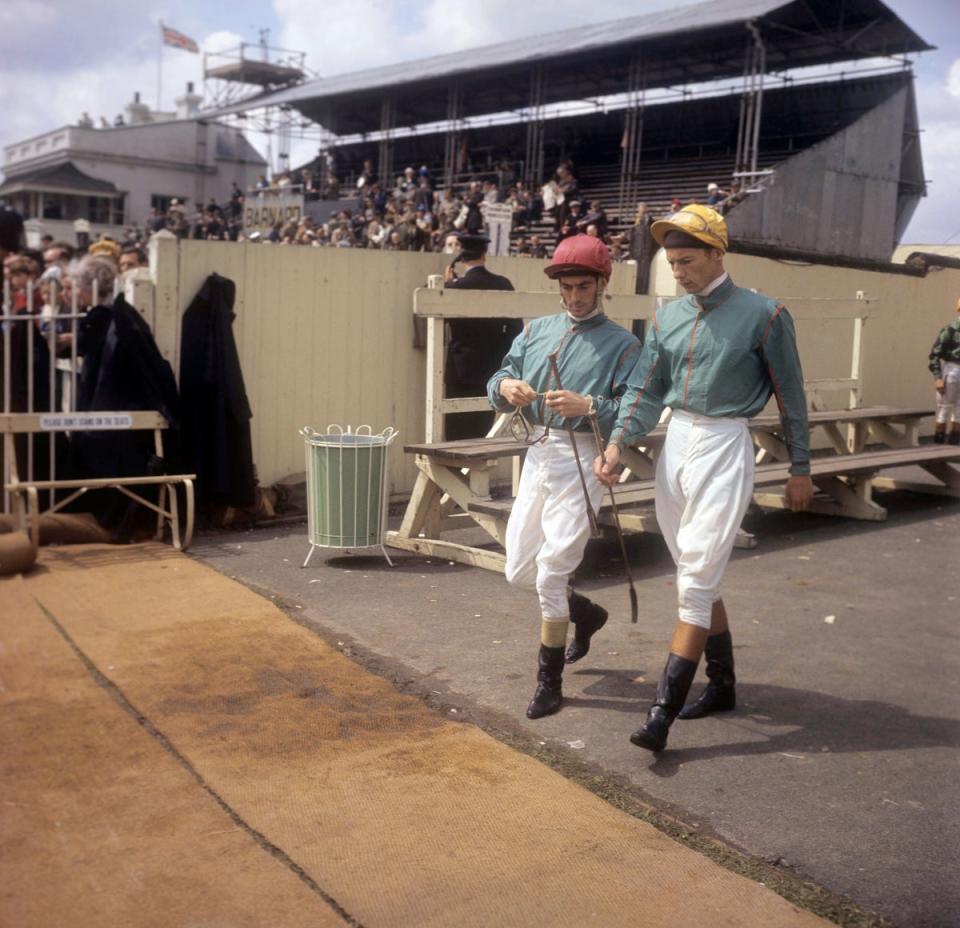
And all of this happened despite a desperate struggle with his weight.
Piggott’s career cannot be defined by statistics, impressive though they are.
Within the racing world he was a colossus, and if his demeanour did little to encourage affection – he spoke little and was once described as having “a face like a well-kept grave” – his consummate skill in the saddle earned him total respect.
There was also his iron will to win.
This manifested itself in his renowned riding of a finish, when he would almost lift his horse over the line with the aid of a liberal rat-a-tat-tat application of the whip, something which would be frowned upon these days.
He also had no qualms about ‘jocking off’ his weighing-room colleagues when he spotted the opportunity to climb aboard another big-race winner.
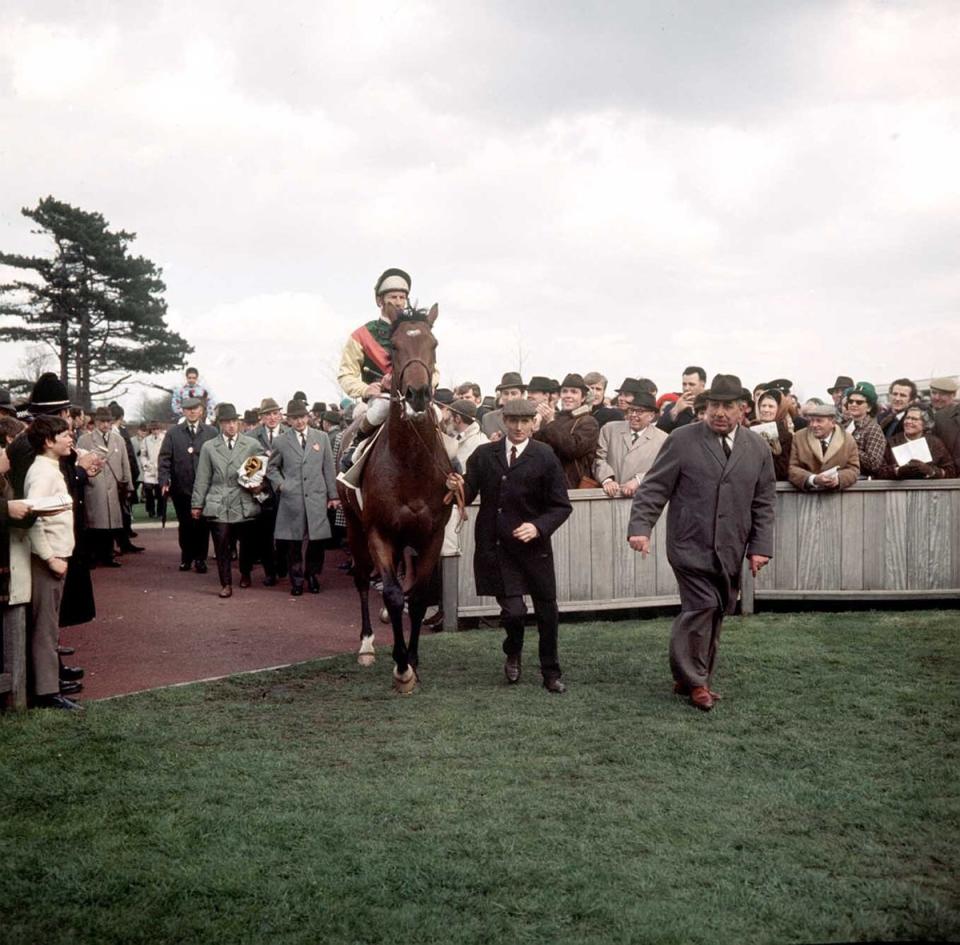
But his strength was allied to a delicate touch that made him the supreme artist on horseback, as when he nudged the tiring Ribero over the line in heavy ground for a short-head victory in the 1968 St Leger, his whip unused.
There were so many memorable rides – Commanche Run in the 1984 St Leger; Sir Ivor in the 1968 Derby; the incomparable Nijinsky in the 1970 King George VI And Queen Elizabeth Stakes – the year of the horse’s Triple Crown triumph – and Roberto in the 1972 Derby.
He was a pioneer of freelancing among jockeys – although many of his big-race wins were for another racing great, Vincent O’Brien.
Throughout the late 1960s and 1970s they dominated the sport, with the help of owner Robert Sangster, sending out a torrent of champions from the trainer’s Ballydoyle base in Ireland.
It was O’Brien and Sangster, along with the trainer’s son-in-law John Magnier, who set up the tremendously successful Coolmore operation in County Tipperary, now one of the world’s great racing empires.
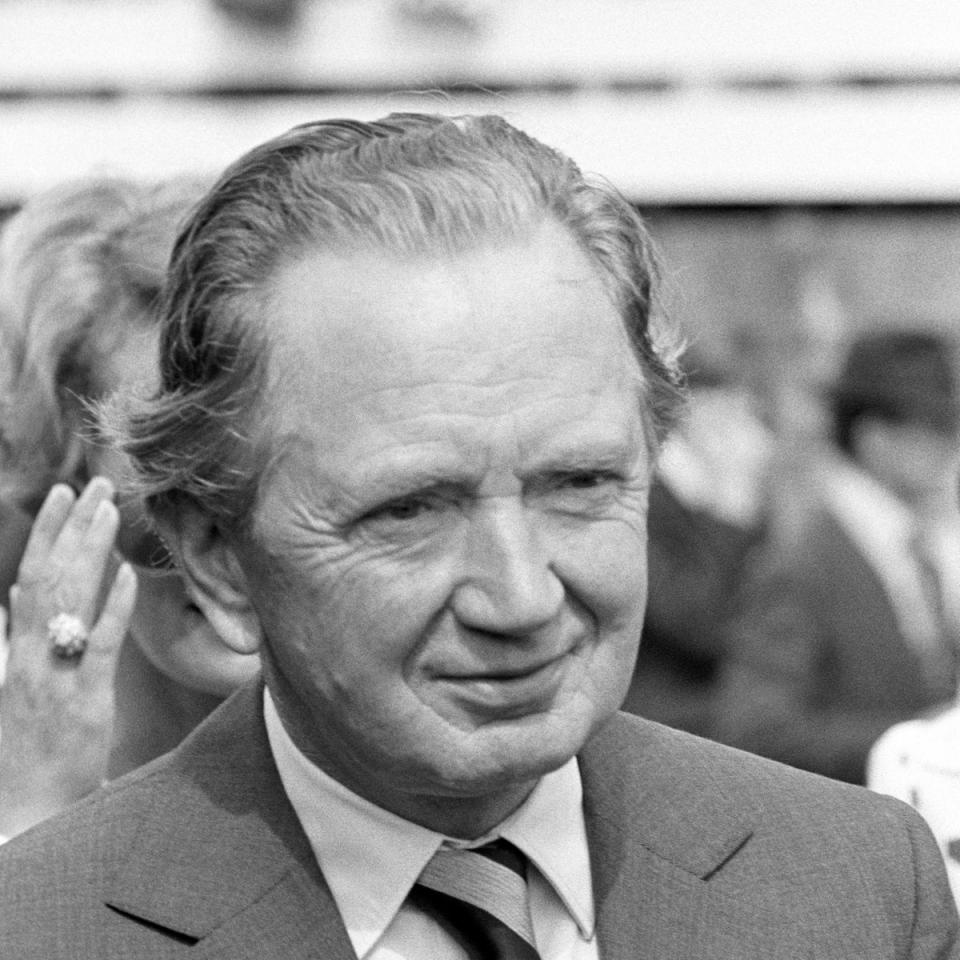
O’Brien and Piggott farmed many of the big races, including nine Classics, before the pair split in 1980 – Piggott teaming up with another titan of the Turf, trainer Henry Cecil.
One glorious Piggott anecdote relates to the 1984 Derby, in which Pat Eddery had sensationally been beaten on 2000 Guineas winner El Gran Senor. Piggott later saw the gathered O’Brien and Sangster and strode straight past, muttering “Missing me?” as he went.
Bookmakers feared him, and many of his rides were sent off at far shorter odds than was warranted, simply because of the volume of money from punters who had implacable faith in their man.
The phrase ‘housewives’ favourite’ was coined for him, and he was always the one the once-a-year gamblers looked to when it came to Epsom in June.
Piggott – who had a spell in intensive care in 2007 in a Swiss hospital with a heart complaint – was associated with many equine greats, including Nijinsky, dual Prix de l’Arc de Triomphe winner Alleged, triple Ascot Gold Cup winner Sagaro and the globetrotting wonder mare Dahlia.

A master tactician with ice in his veins, he had a unique style – his backside high in the air throughout a race before getting down to ride a finish – that has never been matched.
In 1961, Piggott married Susan Armstrong, the daughter of trainer Sam Armstrong, and the couple moved to Newmarket.
They later separated but remained married, with Piggott moving to Switzerland. Eldest daughter Maureen is married to Derby-winning trainer William Haggas and youngest daughter Tracy is a sports broadcaster with RTE in Ireland.
Piggott also leaves a son, Jamie, from a relationship with Anna Ludlow, his personal assistant at the time.
To list Lester’s greatest riding performances would take an age, but one he particularly enjoyed himself was the victory of Royal Academy.
Piggott had retired in a blaze of publicity in 1985 and took up training, sending out a winner at Royal Ascot. So it was almost unthinkable he should return to the saddle, particularly after his time in jail, but he did so in 1990 – on the verge of turning 55 and only days out of retirement.
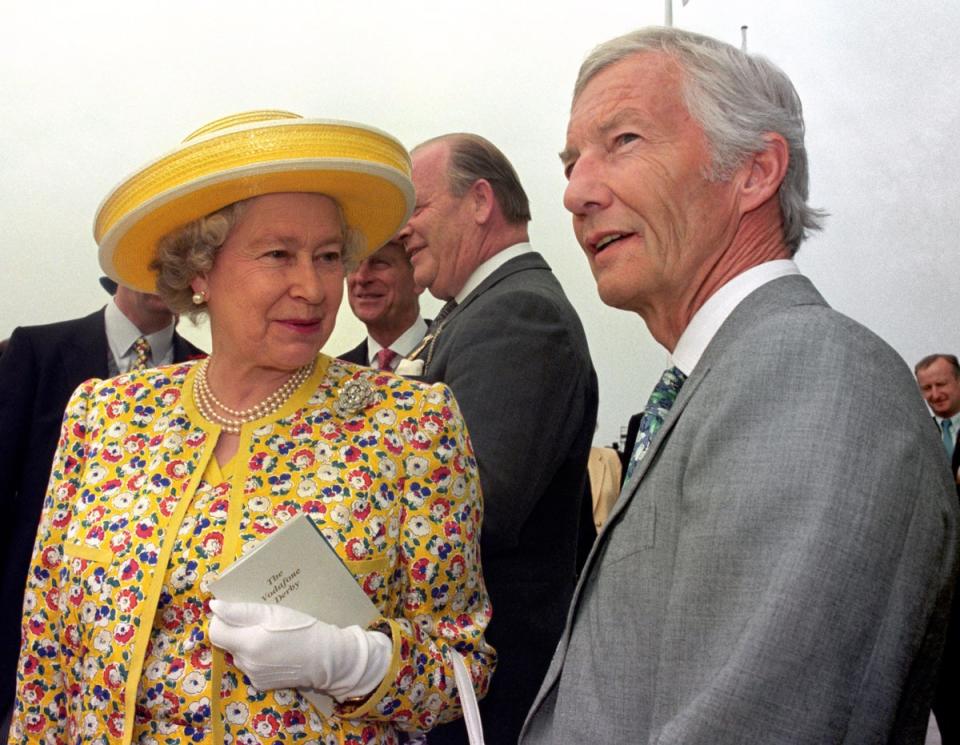
Within a fortnight he had teamed up with his old ally O’Brien to ride Royal Academy at Belmont Park – and with all the familiar dash and drive intact, he brought the horse with a thrilling late run to snatch one of the world’s great prizes.
“Royal Academy does it and the living legend out of retirement, 54-year-old Lester Piggott, pulls off the upset!” exclaimed race commentator Tom Durkin on NBC.
In the media scrum after the race, Piggott was asked in wonderment by Brough Scott for Channel 4: “It’s 20 years since Nijinsky, is it still all there for you?”
Piggott said simply: “You never forget, do you?”

 Yahoo Sport
Yahoo Sport 





































